Does Singapore really need a Michelin star guide?
- Published
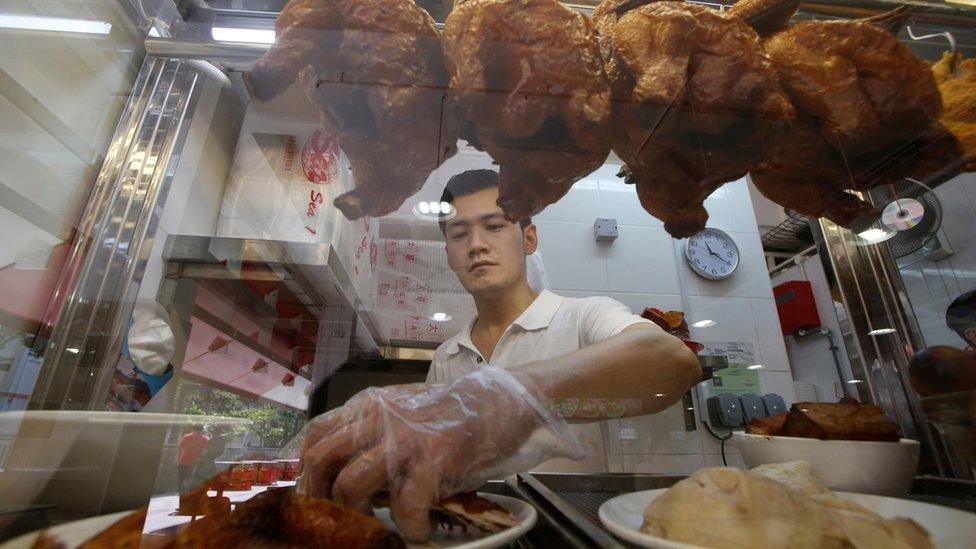
Chicken rice is one of Singapore's most famous dishes - and now you can look for a Michelin-starred stall
Food paradise Singapore with its many and varied signature eats is getting its own official Michelin guide.
Seventeen food court outlets, known as hawker stalls, and 14 restaurants covering 19 different cuisines have made it into the inaugural guide, which will be launched next week., external
"Singapore's history is reflected in its cuisine - the variety, simplicity and authenticity completely won over our inspectors," said Michael Ellis, the international director of the Michelin Guides.
A Michelin star may be one of the most sought-after honours in the culinary business, but do Singaporeans really need them to work out where's best to eat?

What made the Michelin list?
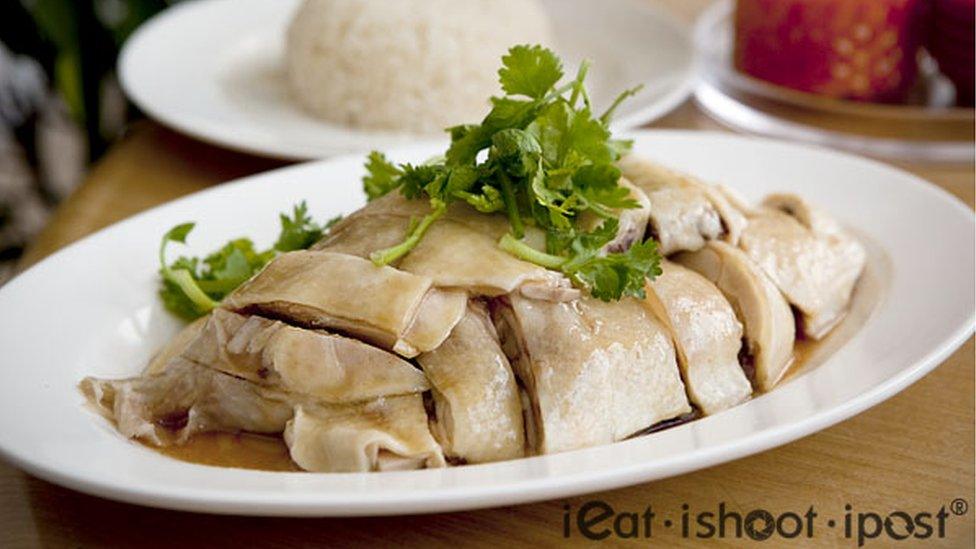
A plate of the Tian Tian 'Michelin-starred' Hainanese chicken rice
Famous Tian Tian Hainanese chicken rice, which earned a seal of approval from US celebrity chef Anthony Bourdain
Hong Kong beef noodles from the Amoy Street food centre
Famed Chey Sua carrot cake, a dish of fried savoury radish cakes
Fried prawn Hokkien noodles from the Tiong Bahru hawker centre

"Singaporeans know their food, it's in their blood and DNA," said entrepreneur and TV personality KF Seetoh.
"We are already one of the 'foodiest' cities in the world and we can tell you where to find the very best hawker food - we have our favourite picks," he told the BBC.
Like many Singaporeans, he didn't entirely agree with some of the Michelin choices, but said he hoped the guide would serve to promote Singapore's multi-ethnic food heritage.
The 'Michelin curse' comes to Hong Kong
Can Singapore's hawker food heritage survive?
In pictures: Singapore's hawker centres
In this nation of passionate foodies, people are so fiercely dedicated to their hawker fare that they will brave snaking queues at their favourite stalls.
The view so far is that this guide will mostly be useful for tourists, not dedicated locals.
Kevin Lim, 50, said he could think of "at least 10 stalls that sell better food than the ones in the guide".
Meanwhile student and hawker devotee Stephanie Chua, 27, said there were far better ways of knowing which hawker stalls to choose, "for example you would look at how long a queue it attracts".
"I also think word of mouth is a better and more accurate way of deciding which stall is best."
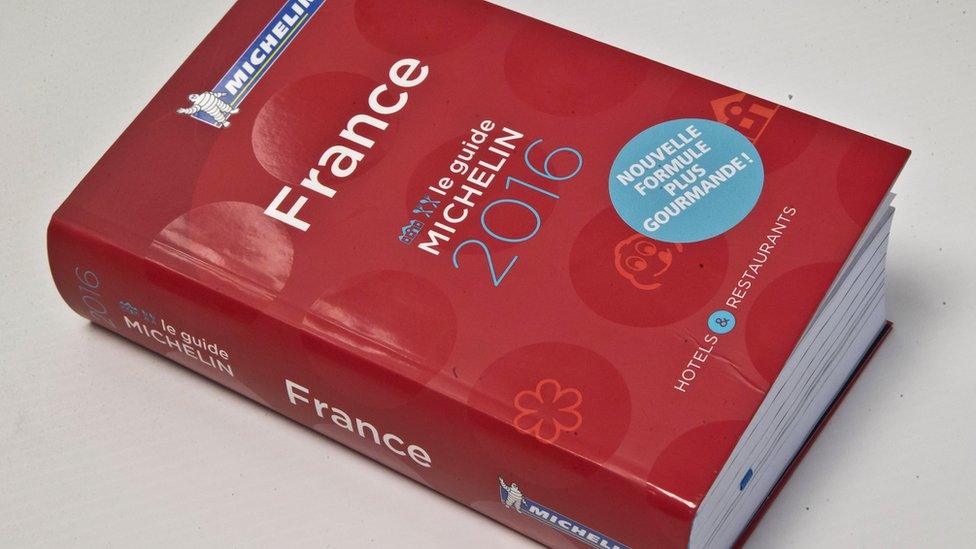
Michelin guide: What do Singaporeans think of having one?
Chef Shen Tan, 44, told the BBC that a Singapore Michelin guide was a "great starting point", but that diners should still exercise their own judgement.
"As it suggests, it is a guide. Other personal preferences come into play and it shouldn't ever be considered the holy grail," she said.
"I think it's an excellent way for someone to get to sample local fare. Besides, I'm very sure the hawker section was very well-researched by Singaporeans."
"We are a very small little red dot on the world map and our cuisine isn't quite as well known as those of other countries," said food blogger and doctor Leslie Tay, who reviews hawker food, external on a frequent basis.
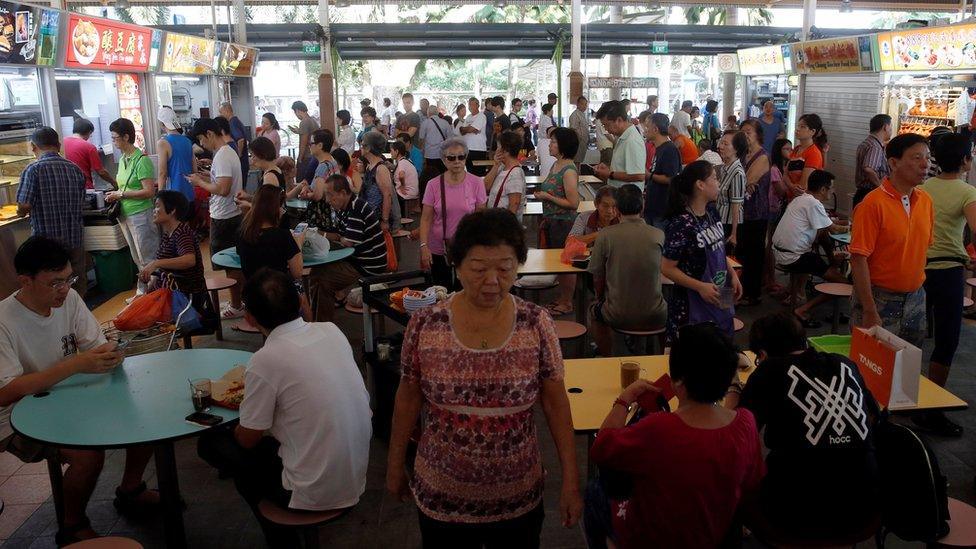
The dedication of Singaporeans for their food is unrivalled: many will join snaking queues just to try the very best hawker food
"Having a Michelin guide will help motivate our chefs and hawkers to keep improving on their craft and could help make Singapore cuisine known worldwide."
'Michelin curse'
But some past recipients of Michelin stars have found the honour has its downsides.
Vendors in Hong Kong - another popular food destination - have spoken about the "Michelin curse", with some seeing sharp increases in rent after being included in the guide.
Other diners, like food blogger Gary Suen, have expressed unhappiness at declining food standards once a shop is awarded a star.
"The Michelin guide is merely a 'vehicle', albeit a more influential one - that facilitates a growing food trend," he said.
Mr Suen said that while the Michelin system had "definitely helped the industry in general", the choice of street food stalls included in the Hong Kong guide "may be subject to debate".
The full impact of the Singapore edition will become clear once the guide launches next week.
But Ms Chua said she saw an upside to some of the "real best hawker food in Singapore" being left out - no risk of price rises and no additions to those legendary queues.
- Published17 May 2013

- Published17 May 2013
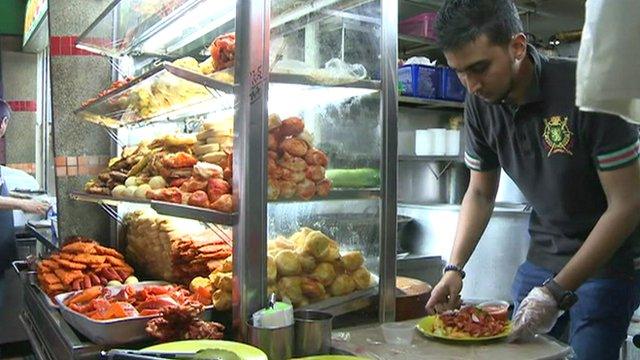
- Published10 January 2016
